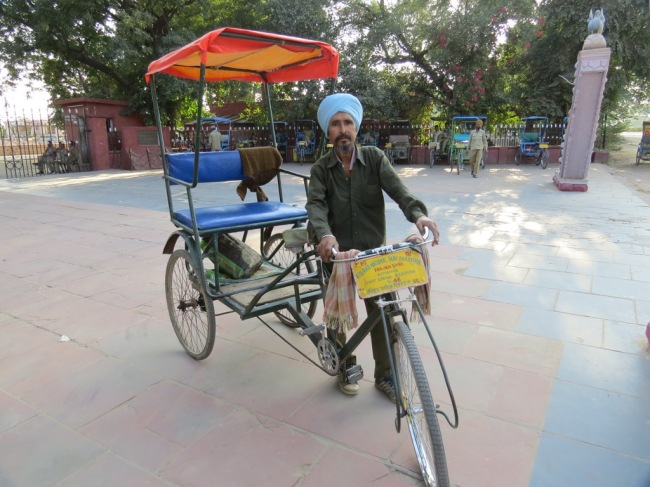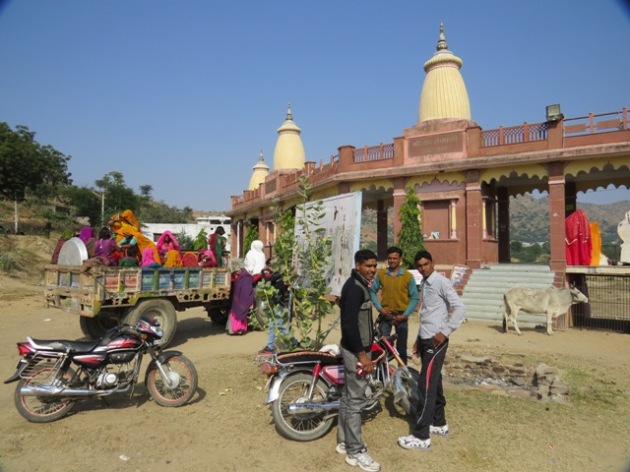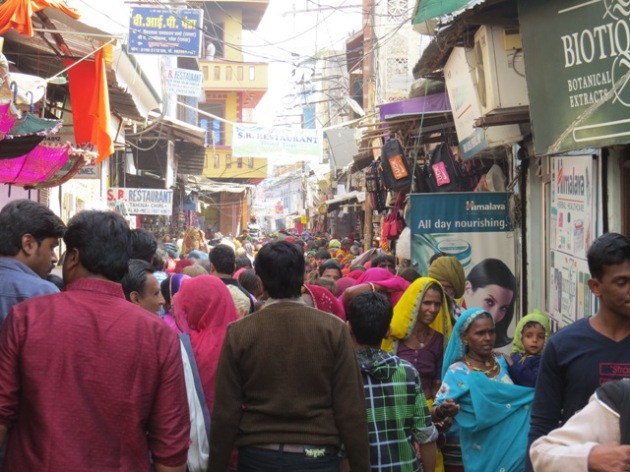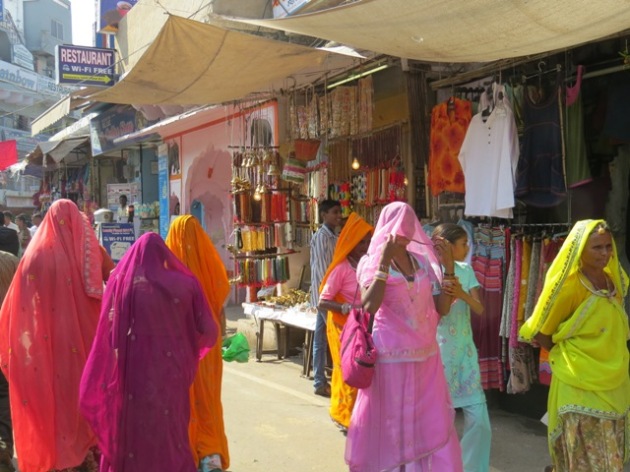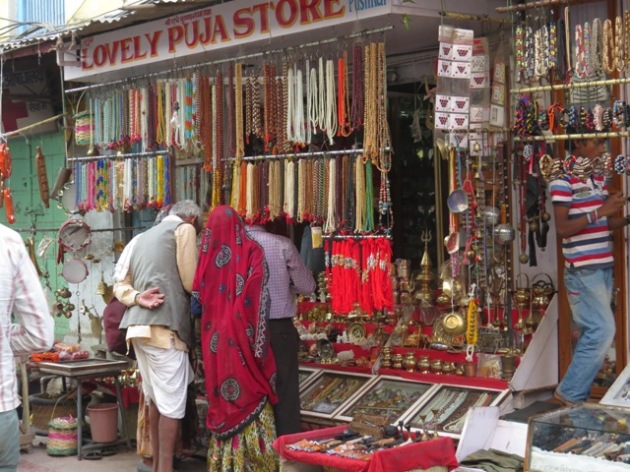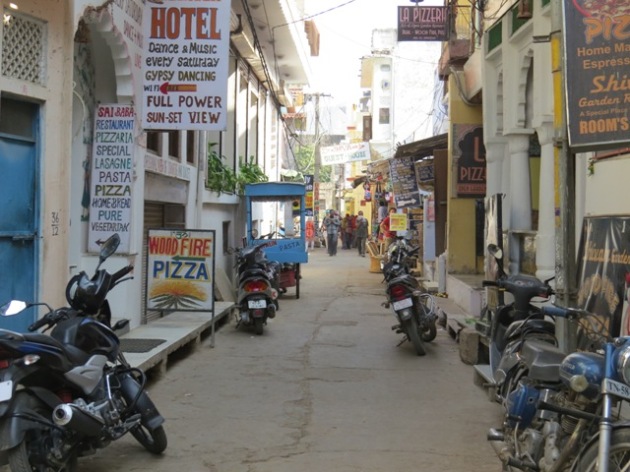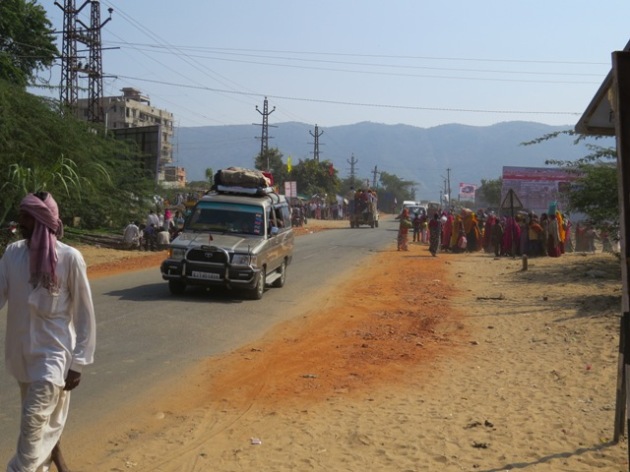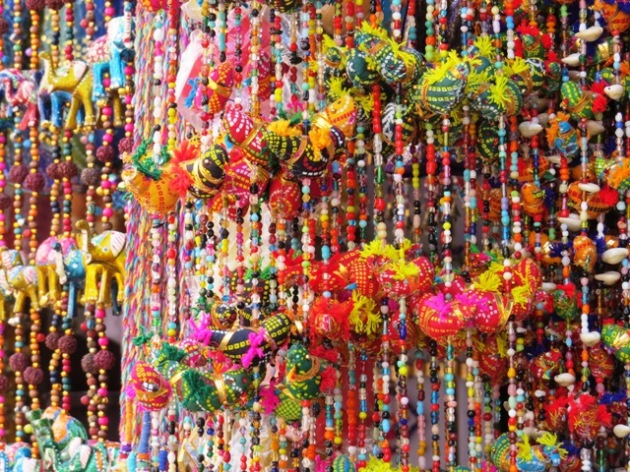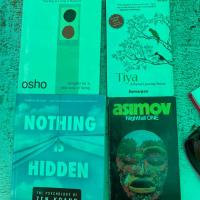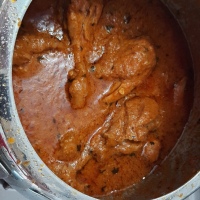Most of us live in nuclear families in urban areas in this age of modernisation so what do you do with the Roties you and your family members fail to consume at meal times? Earlier we used to feed them to the stray cows roaming in the streets. Those stray cows have been rounded up and given accommodation in Goashalas on the outskirts of the Urban areas to chew their cud in peace. Milk giving cows are expensive animals and are not allowed on the streets and are housed outside the Urban areas in Dairies any way. Not everybody has a dog. And you can not just throw away food! So only thing you can do is consume them yourself.
Here are five ways you can consume them depending on your taste.
1. Chach-Roti
Tear the Roties in little pieces and put them in a bowl and soak them in enough buttermilk so that they will be able to become soft. Add salt and red chilli to taste. If you like onions mince some and put them in the bowl and mix properly. Refrigarate the preparation before serving. It is a popular cooling delicacy in the harsh heat of Rajasthani summers. It is also perfect for people with teeth issues.
2. Anda-Roti
Here is a preparation for the egg lovers. Make preparations to cook omelettes in proportion to the leftover Roties. Put required amount of oil in a non- stick pan put a roti in the pan pour the egg mixture with salt, chilli and minced onions on the roti and cook them together in the pan so that the roti and the egg mixture meld together. A delicious preparation is prepared. Serve hot.
3. Parathas
This one, though a no, no for the calorie conscious is a very easy option to prepare. Just before sitting down for a meal fry the left over Roties in a non-stick pan like you would prepare a Paratha and they will be as good as new.
If you like your Parathas crisp, fry them on a low flame for a little while longer. If you like your Parathas soft like a roti, fry them on high flame for just a little while only. Depending on your taste you can use ordinary refined oil or desi ghee as a frying medium.
4.Churma
Finally an option for the people with a sweet tooth! Break the Roties in little pieces and grind them in a mixer. Add sugar powder and hot desi ghee to taste in the roti powder. Mix well. It can be served as a sweet dish or with fresh Dal.
Last but not the least you can always heat up the leftover Roties on open gas flame before serving. If you like them soft heat them up for a little while only on high flame but if you like them crisp heat them on low flame for a little while longer.










































